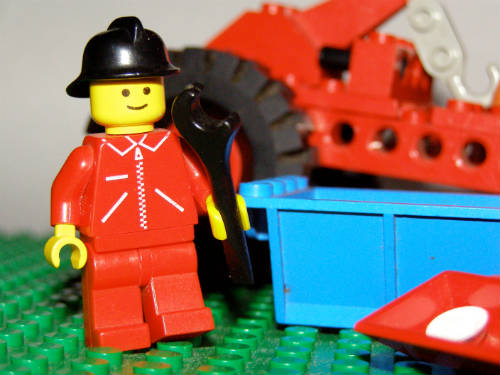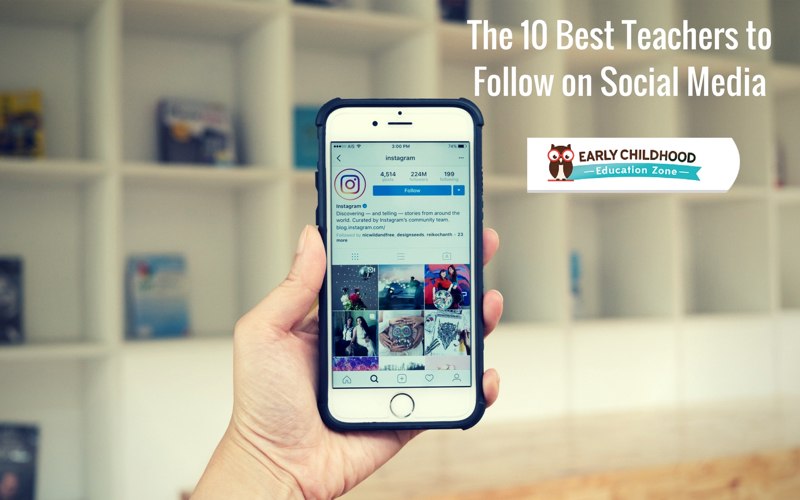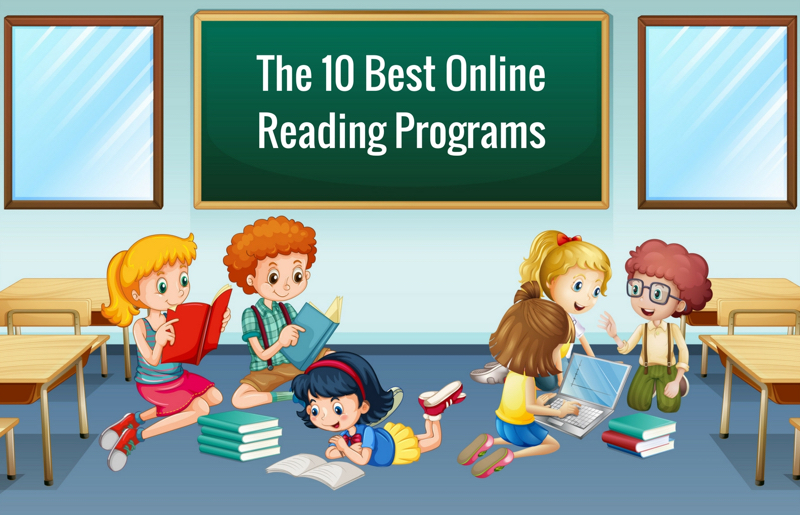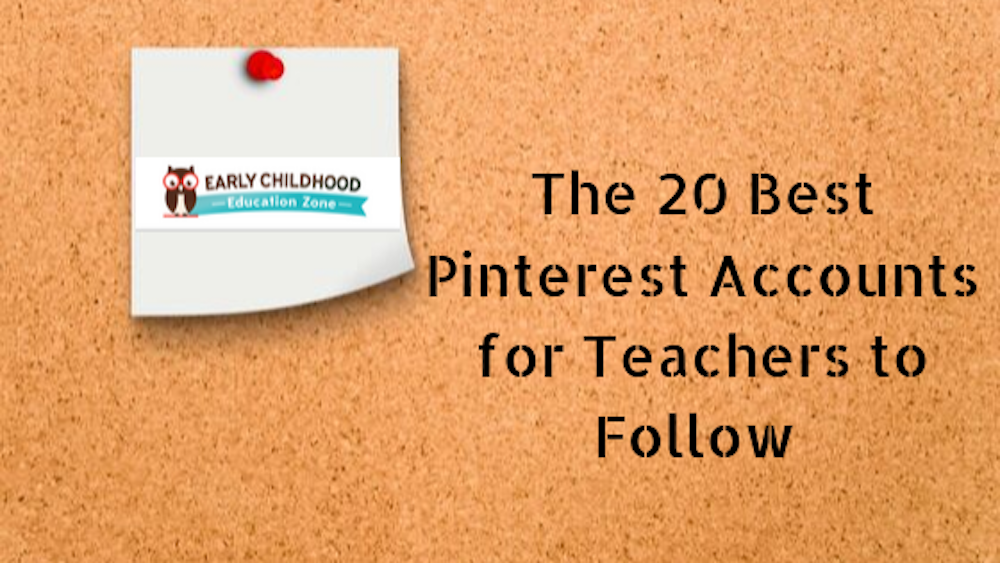Why Every Preschool Teacher Should Play With LEGOs

Find your perfect college degree

Legos have long enjoyed widespread adoption in the home, largely serving as a creative outlet for children after they arrive home from preschool or elementary school. In an educational context, people are perhaps most familiar with massive Lego competitions that take place in high schools and in engineering programs at the college level. These building blocks, however, can also serve as a fundamental part of early childhood education. Their ability to be manipulated, to leverage the power of colors, sizes, and structures, and to engage the creative mind, allows for unique instructional capabilities that more effectively teach educational concepts to those under the age of eight. For those who are wondering exactly how this works, consider a few of the most common implementations and ideas being put to work by today’s educators.
For Early Learners, Legos Teach Spatial Reasoning and Building
One of the most important skills to be mastered by those enrolled in preschool programs is spatial reasoning, which helps students learn about context, width, height, and how to recreate complex models using their own set of blocks. This set of skills is almost always taught more effectively when students are permitted to use Legos. In fact, a recent study specifically measured the difference in spatial reasoning achievement between students who had used Legos for a six-week period and those who had not.
At the beginning of the study, all students were essentially on the same level in terms of their spatial reasoning skills and their ability to recreate buildings or complex models. After the six-week period, however, those students who had access to building blocks were significantly more aware of context and spatial considerations, and they were more easily able to recreate models that the researchers presented them with. The students who had not had access to these materials suffered a few more difficulties and did not perform as well on the follow-up test.
Legos Can Be Used to Teach Mathematics Skills in the Classroom
Mathematics is the single weakest area of the American education system, at least in terms of measured performance on standardized tests from elementary school through high school. One of the ways that industry professionals are working to combat this problem is to introduce basic mathematics concepts in preschool rather than waiting until kindergarten or first grade. Even so, earlier presentation of the concepts does not make them any more easily grasped. Legos, on the other hand, give students something to manipulate and show them the nature of addition, subtraction, and basic math skills.
Studies have long shown that students perform better when they have something to manipulate during the lesson. Their ability to work hands-on with materials that showcase addition and subtraction, perhaps by adding or subtracting blocks from a structure, shows them the real-world application of these skills and gives them a reference when they must perform the same mathematics tasks in a written form. A study of the impact of blocks on math skills for four-year-old students showed a markedly higher performance on math assessments in pre-school, indicating that this might be a great way to counter America’s long-term problem with math proficiency through high school.
Legos Provide Unique Context When Teaching History or Geography
The manipulative nature of Legos isn’t just a boon to mathematics education, even if that’s one of the most concentrated areas of Lego use and ongoing research. The great thing about Lego sets is that they almost always showcase a different concept, geographic location, or period in history. For young learners in preschool or elementary school, this means Legos serve as a kind of in-person demonstration of what it means to live in the time of the pilgrims or what it meant to fear pirates during colonization. For geographical purposes, Legos show the scale and context of major features like rivers, hills, and more.
As in mathematics, students have often benefitted from hands-on work and unique demonstrations that clarify a concept. Legos give students the chance not only to observe historical context and get a sense for what things were like, but also a chance to manipulate the “Lego man” and any other objects contained within the set. They’re able to role-play and put themselves into that time period, which makes it easier for them to recall information and perform at a high level throughout future history courses that they might take in elementary school.
The Presence of Legos at Preschool Builds Social Skills
One of the most important skills taught to young learners in preschool is how to cooperate and collaborate with others. This basic set of social skills is absolutely the key to future educational success in kindergarten, elementary school, and throughout life. Those skills can start early if students are presented with Legos at preschool. The presence of Legos, and their near-ubiquitous popularity among boys and girls in this age group, makes them a popular item and a central gathering point when they’re part of an unstructured play scenario.
A study of autistic children in this age group found that those with Legos to play with actually formed superior language and collaboration skills, while those without the blocks tended to score a bit lower on the same test. Similarly, non-autistic students in a separate study were shown to form closer friendships with classmates when they were given the opportunity to play together, put their creative minds together, and produce a shared structure using Legos. Whether it’s language and collaboration skills, or a commitment to better friendships, improvements in this area are certainly important for all types of learners.
Critical Reading and Writing Skills are Boosted By Legos
One of the newest products to be produced by the Lego Group is a reading-based offering known as StoryStarter. This unique product actually pairs a specific Lego building set with a book that students must read in order to find out what they’re creating and why they’re creating that specific structure. These books range in nature from fictitious stories to those that describe real-life events throughout history. As the students proceed, they’re invited to add to the structure and use their critical reading skills to understand how the structure they’re building relates to the text.
Throughout the StoryStarter book, and across the series, students are presented with prompts that help them answer the major questions associated with any reading: Who, what, when, where, why and how? By tying learning to creative thinking and objects that can be easily manipulated, students develop a stronger interest in reading and historically perform better on tests that measure written comprehension. Students also learn to self-troubleshoot if their structure doesn’t come out as planned, giving them problem-solving skills that will work well even as they enter into more advanced courses in the language arts.
Building Blocks Can Help to Teach Language Skills to ESL Learners
Early childhood professionals in the UK use Legos when teaching non-native English speakers how to communicate with their peers. The process starts in preschool and elementary school, where students are taught basic words about structures and communities. They must then work with their peers in the ESL program, only in English, to assemble a contextual Lego set and collaborate to create a finished product. The result is a stronger understanding of the English language at an earlier age, which itself turns into classroom success when students struggle less with reading, writing, and even basic notes or exam instructions.




